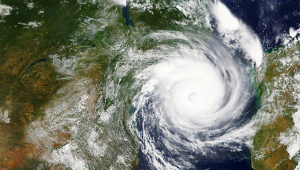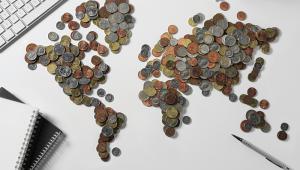The World Bank and the Global Facility for Disaster Reduction and Recovery have calculated that they could benefit by $4 for each $1 invested smartly in new power, water and sanitation, transport, and telecoms systems.
A lack of sturdy infrastructure harms countries more than previously understood, the organisations said, with natural disasters causing direct damage to power generation and transport infrastructure alone costing about $18bn a year.
“Resilient infrastructure is not about roads or bridges or power plants alone – it is about the people, the households and the communities for whom this quality infrastructure is a lifeline to better health, better education and better livelihoods,” said David Malpass, World Bank Group president.
“Investing in resilient infrastructure is about unlocking economic opportunities for people. This report offers a pathway for countries to follow for a safer, more secure, inclusive and prosperous future for all.”
In a new report, Lifelines: The Resilient Infrastructure Opportunity, the World Bank and GFDRR lay out a framework for understanding what makes infrastructure resilient – that is, able to function and meet users’ needs during and after a natural hazard.
Not only does ensuring that it can withstand disasters avoid costly repairs, it also minimises the broader impact of disasters on livelihoods.
Power blackouts or disruptions to water, communications and transport systems harm the productivity of companies, the incomes and jobs they provide, and people’s quality of life.
The organisations estimate that the wider disruptions in low- and middle-income countries triggered by the impact of natural disasters on infrastructure – as well as poor maintenance and mismanagement – costs households and firms at least $390bn a year.
They point to examples across the world of losses caused by unreliable infrastructure, such as flooding in Kampala, Uganda, that blocks enough streets to make it impossible for over a third of people to reach a hospital after a medical emergency.
In Tanzania, companies incur losses of $668m a year – 1.8% of GDP – from power and water outages and transport disruptions, and in Peru, landslides often interrupt road traffic, causing large economic losses.
John Roome, World Bank senior director for climate change, said: “For infrastructure investors – whether governments, development banks or the private sector – it is clear that investing in resilient infrastructure is both sound and profitable. It is not about spending more, but about spending better.”














